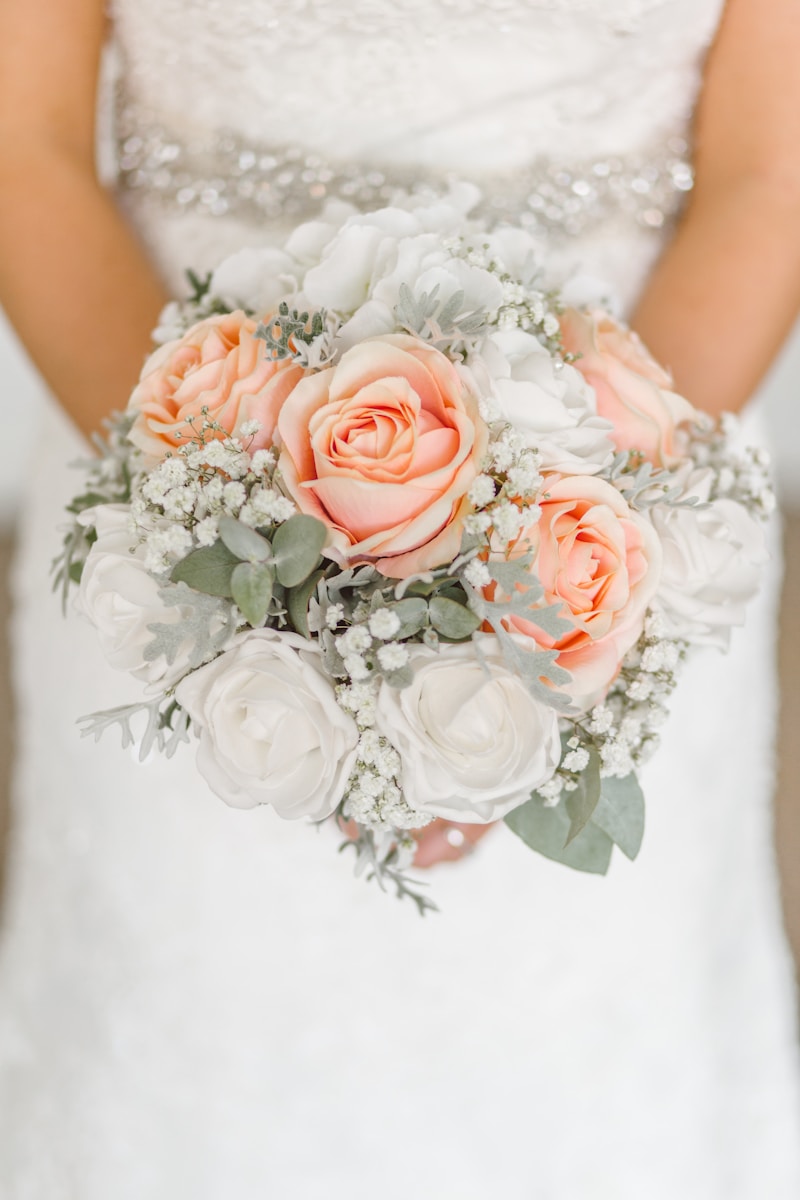Ultimate Guide to Color Palette Coordination for Weddings
Color Palette Coordination for Weddings
Weddings are one of the most significant events in our lives, and the color palette plays a crucial role in setting the mood and theme of the celebration. Selecting the right color palette can transform an ordinary wedding into an extraordinary experience. In this comprehensive guide, we will explore everything you need to know about color palette coordination for weddings, from understanding color meanings to tips on how to effectively implement your chosen palette.
The Importance of Color Palette Coordination
Color palette coordination is not just about choosing pretty colors; it reflects the couple's personality and sets the overall atmosphere of the wedding. A well-coordinated color palette can:
- Enhance the Venue: The right colors can complement the venue's architecture and decor.
- Create Unity: A cohesive color scheme brings together all elements of the wedding, from invitations to flower arrangements.
- Set the Mood: Colors can evoke emotions; for example, soft pastels may create a romantic vibe, while bold colors can energize the atmosphere.
Choosing the Right Colors
Before you dive into specific color choices, consider these essential factors:
1. Seasonality
The time of year can significantly impact your color choices. For example:
| Season | Ideal Colors |
| Spring | Pastels (pink, lavender, mint) |
| Summer | Bright hues (yellow, turquoise, orange) |
| Fall | Earthy tones (burgundy, emerald green, bronze) |
| Winter | Rich shades (deep blue, grey, silver) |
2. Venue Style
The style of your wedding venue also influences color selection. A rustic barn may call for earthy tones, while a chic urban loft might look stunning with sleek, modern colors. Always consider the existing colors and decor of the venue when selecting your palette.
3. Personal Preferences
Ultimately, your color palette should resonate with you and your partner. Consider colors that hold special meaning or evoke cherished memories.
Color Theory Basics
Understanding basic color theory can help in making informed decisions. Here are some principles to keep in mind:
- Complementary Colors: These colors are opposite each other on the color wheel and create high contrast. For example, blue and orange.
- Analogous Colors: These colors are next to each other on the color wheel, providing harmonious and peaceful combinations. For instance, blue, teal, and green.
- Monochromatic Colors: Different shades and tints of the same color create a cohesive look.
Integrating Your Color Palette
Once you've chosen your palette, it’s time to integrate it into various aspects of your wedding:
1. Invitations and Stationery
Your invitations set the tone for your wedding, so use your color palette here. Consider customized designs that utilize your chosen colors to create an inviting preview of what’s to come.
2. Attire
Coordinate the bridal party attire with your palette. Bridesmaids can wear dresses in shades of your chosen colors, while groomsmen can complement their looks with matching ties, pocket squares, or boutonnieres.
3. Floral Arrangements
Flowers are a stunning way to incorporate color. Choose blooms that align with your color palette, and don’t forget to discuss with your florist to ensure the best seasonal choices are available.
4. Decor and Table Settings
When designing your wedding decor and table settings, keep your color palette in mind. From table linens to centerpieces, maintaining a cohesive look is essential.
Color Palette Inspiration Sources
If you're struggling to find the perfect combination, look for inspiration from various sources:
- Pinterest: This platform is laden with wedding ideas and color palettes.
- Wedding Blogs: Numerous blogs provide visual examples of beautiful weddings along with their color schemes.
- Nature: The best palettes often come from nature. Observe seasonal changes for fresh ideas.
Common Color Palette Pairings
Some tried-and-true color combinations that work well for weddings include:
| Color Pairing | Description |
| Blush and Gold | A soft, romantic feel ideal for elegant weddings. |
| Navy and Coral | Vibrant and modern, perfect for summer weddings. |
| Emerald and Ivory | Rich and timeless, suitable for any season. |
| Lavender and Sage | Delicate and calming, perfect for spring ceremonies. |
Final Thoughts on Color Palette Coordination for Weddings
In conclusion, color palette coordination for weddings can greatly enhance your special day. By selecting a cohesive scheme that reflects your personality, you can create a stunning and unforgettable celebration. Remember to consider seasonal influences, the style of your venue, and personal preferences when making your choices.
Tips: Always communicate your vision with your wedding planner and vendors to ensure everyone is on the same page. Don't shy away from experimenting with different color combinations, as you might discover unexpected beauties! In the end, your wedding should reflect your unique love story and personality.
